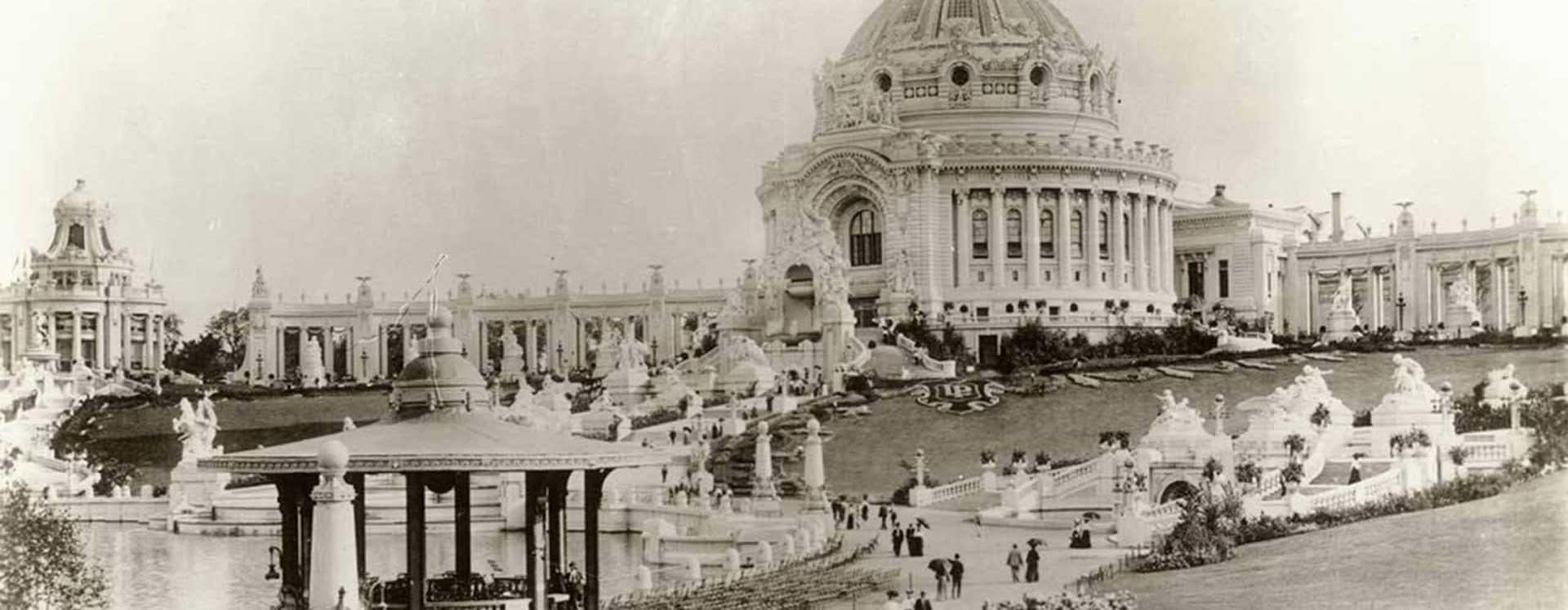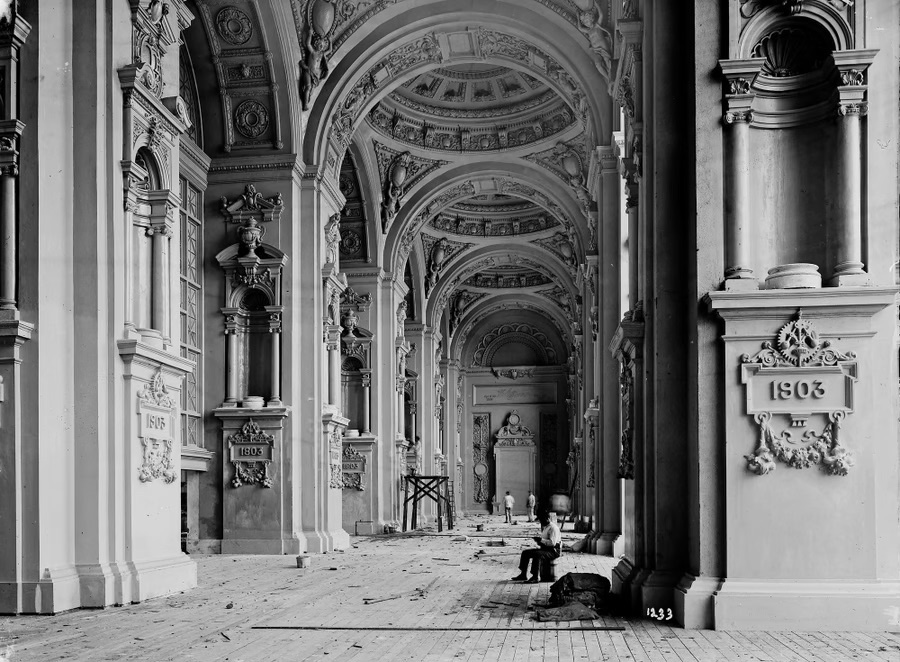History
DEDICATED TO ART | FREE TO ALL
The Saint Louis Art Museum was founded in 1879, at the close of a decade that saw the establishment of art museums in great cities across the eastern half of the United States. This Museum’s comprehensive collections bear witness to the inspirational and educational goals to which its founder aspired and the moral and democratic imperatives he embraced. What began as a collection of assorted plaster casts, electrotype reproductions, and other examples of good design in various media rapidly gave way to a great and varied collection of original works of art spanning five millennia and six continents. Today the quality and breadth of the Museum’s collection secure for it a place among the very best institutions of its kind.

In 1904 the Louisiana Purchase Exposition transformed St. Louis into a visual encyclopedia. Also known as the St. Louis World’s Fair, this seven-month spectacle drew at least 19 million visitors to the city and thousands of objects from around the world. Similar to previous international expositions, the intentions of the fair’s organizers were to promote their city on a global stage and celebrate American modernity through objects that demonstrated technological, commercial, scientific, and aesthetic innovation. One defining feature set this exposition apart from its predecessors: no previous world’s fair had brought together so many people from so many different cultures and countries. These two aspects jointly shaped the fair’s selection of works of art and their contexts for display across its grounds.
